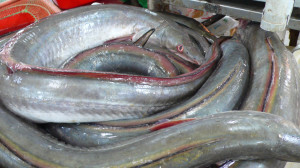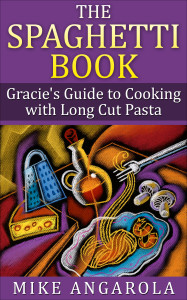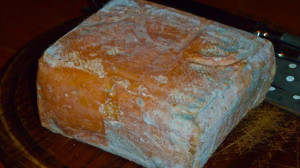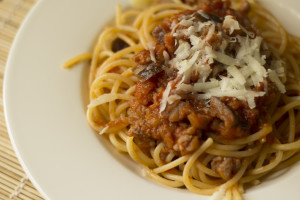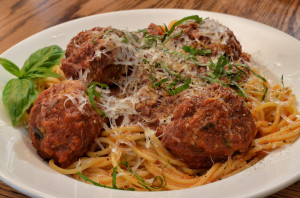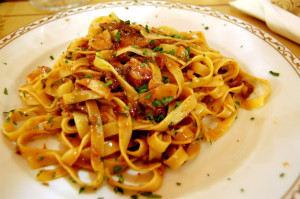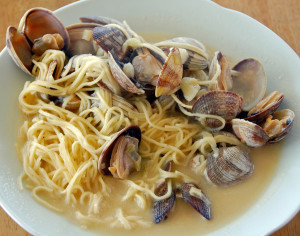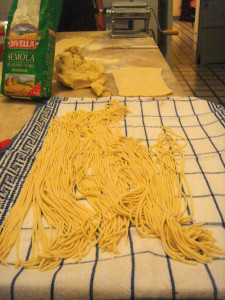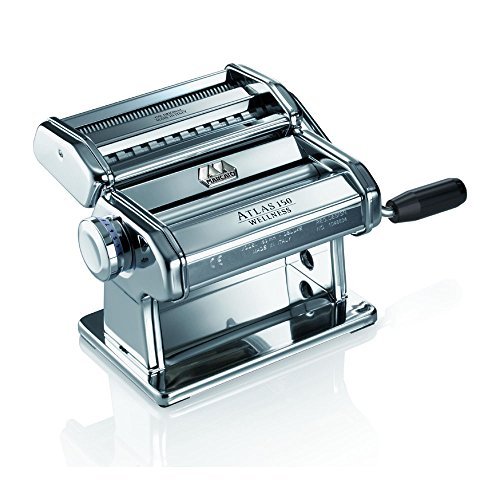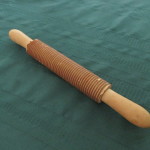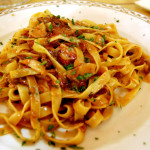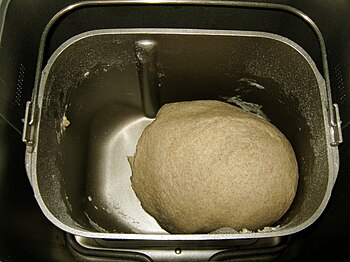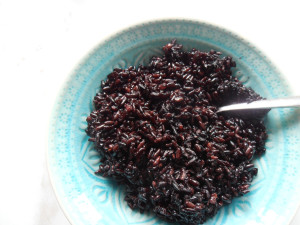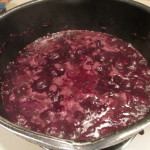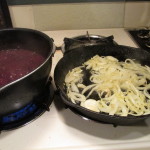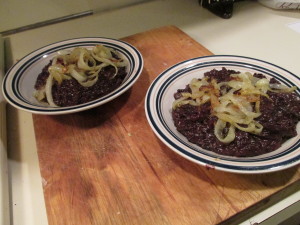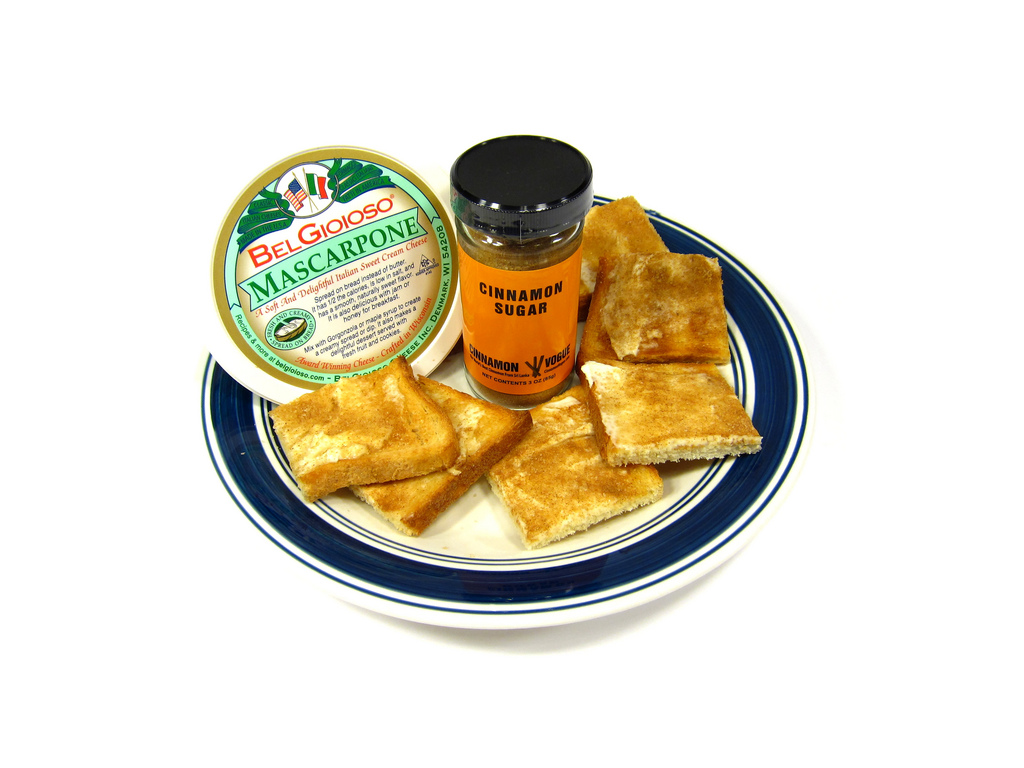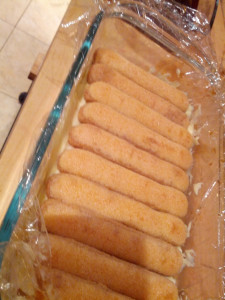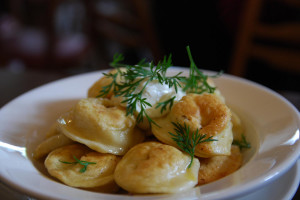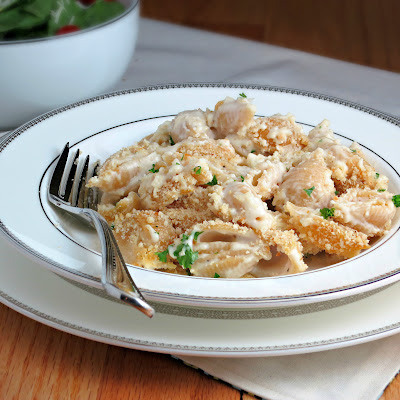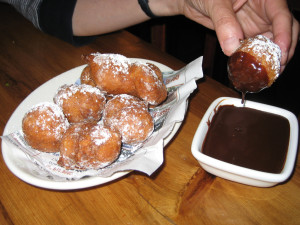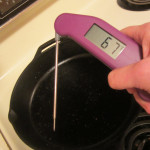I don’t know why, but I’m feeling a bit nostalgic today. My son has some friends over (Election Day, no school) and it has me thinking back to my childhood. Years ago I wrote a story for yahoo that spoke to my grandfather’s love of fishing, and especially for eel. I thought I would share it with you today.
As a child I grew up in a house owned by my grandparents. They were both truly unique people having immigrated from a tiny seaport village in southwest Sicily named Sciacca (see the photo below). My grandfather was a fisherman by trade and when he started his family here in the United States he worked at the Fulton Fish Market in New York City. After a few years he moved his growing family out of Manhattan into a northern suburb and opened a seafood business.
Grandpa, as we all affectionately called him, was an astute businessman. He quickly recognized the need to grow his market and three days a week he packed his tiny 1920s ford pickup with fresh fish and sold to the many restaurants, hotels and beach clubs in the area.
As kids we were always treated to stories as to how during prohibition he would make his own whiskey and rye, each of his 8 children having a job from corking the bottle to placing the label on the front of his secret concoction. When visiting customers and after the fish were selected, those in the know would ask him “what else you got for sale today Frank.” Grandpa would move the fish to one side and under the ice was… well you figure it out.
My memories of my grandfather start in the late 50s. Long retired he used to spend his days fishing off the pier at Hudson Park in New Rochelle, our hometown (see a snap shot below). Late in the day both my mom and grandmother would worry and it was my job to make the hike to the park making sure he was OK.
As he aged the trips to the park disappeared and he would spend his days sitting on the front porch, occasionally tending to his tomato plants. From time to time he would get up and slowly walk to back of the house. He would always shout out to me, Michalosa, I’m a going back to Sciacca.” A few minutes later he would announce his return and tell me with a grin, how beautiful Sciacca was this time of year.
Sciacca has not changed much from when my Grandfather fished this pier.
I knew than that he wished for nothing more than to return to his roots and visit once again the land of this childhood. Unfortunately that never happened, as he passed away in 1963 at the age of 83. Throughout the years I always promised myself that I would make that journey back to this ancestral village in celebration of his life.
Years of talking about this trip turned into decades and as I myself got older the idea of visiting Sciacca faded. One day my youngest was asking questions about my childhood and at that point I leaned over to my wife and said, “We need to take the kids to Sciacca.”
So this past Easter of 2012, me and nine members of my family made the pilgrimage to the land of my grandparents. Once there it felt like I was returning home. My grandmother was a great cook and many of the different foods she made for us came right from this Sicilian village. As expected, one thing that easily stood out was the seafood.
Sciacca is still to this day an active fishing village and I must have felt a hundred times that I saw my grandfather walking down to the boats to start his work day. Restaurants in Sciacca specialize in fish, but there was one dish that took me right back to those days when I meet grandpa at Hudson Park, and that was the Eel.
In Sciacca the dish is called “Matalotta” or conger eel. I took the recipe (see below) from “Treasures of Sicilian Cuisine” published by Advert Edizioni, which I picked up in the neighboring village of Agrigento. My grandfather’s version is a little different and well, adds a little flavor.
You see, on those days when he was late getting home, I would meet him and carry his bucket with the fresh catch. Grandpa love eel and fished for it with great success. When we got back to the house we would go down to the basement where he set up his own private kitchen.
Hanging the eel from a hook, he would peel off the skin and cut the eel into 1 ½ inch fillets. He would than dip the eel steaks in an egg mix, season and roll in breadcrumbs. He would immediately transfer to a hot skillet with extra virgin olive oil. To this day I swear, those little fillets were still squirming in the pan.
When done, he would cut off a piece with a fork and offer it up to me saying, “mangia Michalosa.” Being only 10 years of age I refused, claiming I was still full from lunch. That always brought out a chuckle from grandpa. Finally one day I got up the nerve and took a little bite. Well like the eel, I was hooked. I can remember running upstairs and telling my mother how much I liked the eel and what a great cook grandpa was. My grandmother would laugh and I mother would just shake her head in disbelief.
My wife informs me that I tell this story every time we go out for sushi. That may very well be the case, but those days with my grandpa and the Hudson Park Eel are truly special memories.
Matalotta:
- 2 pounds of filleted and chopped eels
- 1 onion Handful of chopped parsley
- 5 peeled tomatoes
- 3 tbsp extra virgin olive oil
- Salt and pepper to taste
Clean and wash the eels, then dry and add some salt. Mince the onion and brown it in some olive oil. Add the chopped tomatoes, some parsley and let simmer for a few minutes. Pour a cup of hot water and let boil. Add a touch more salt and pepper and the eel and continue cooking for no more than 10 minutes on a low flame.
Find this recipe and many other Sicilian Seafood dishes in Gracie’s Christmas Eve Recipe Book – Night of the 7 Fishes


